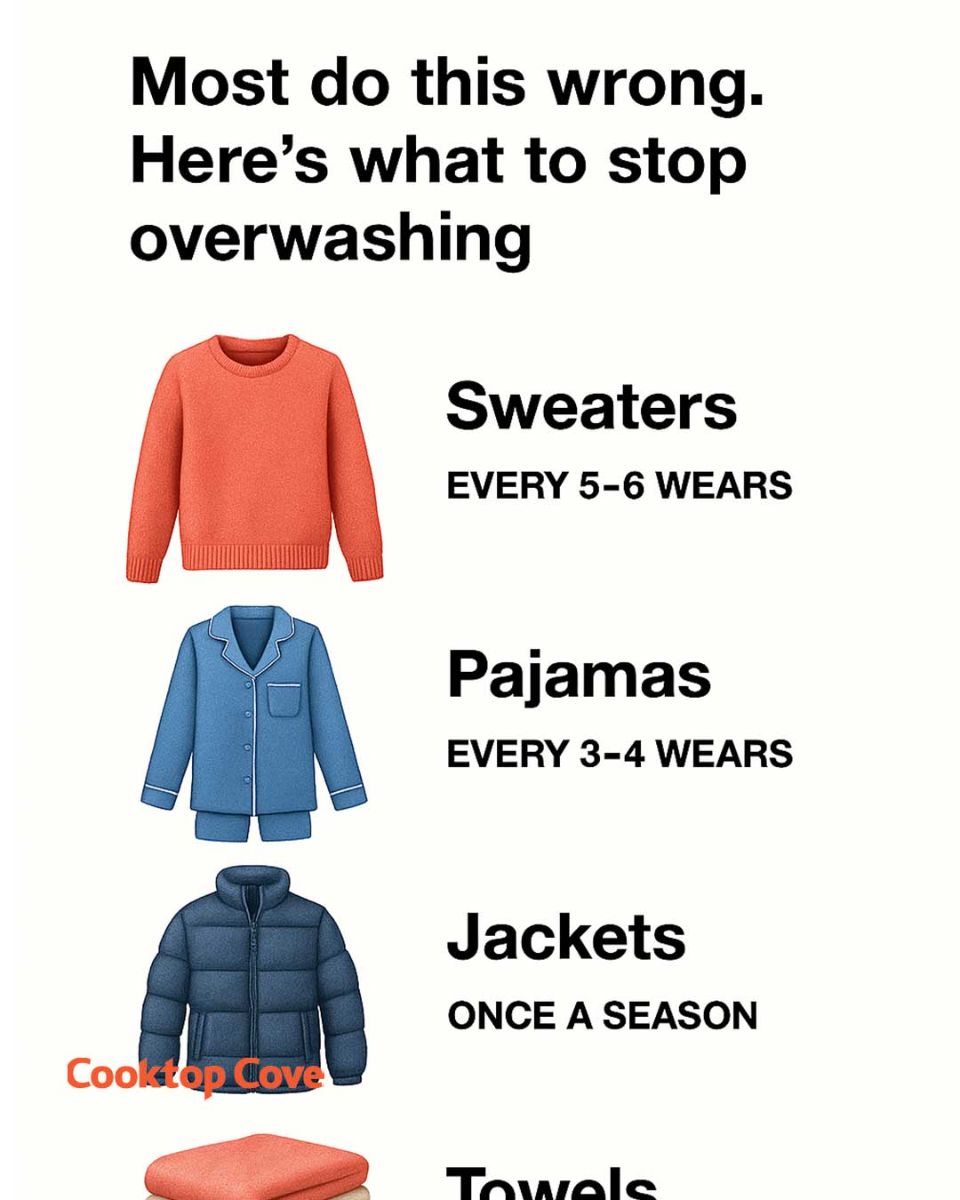Most do this wrong. Here’s what to stop overwashing
In our modern world, cleanliness is often touted as next to godliness. With this mindset, many individuals find themselves constantly washing their clothes, sometimes after just a single wear. The belief that clothes must be washed frequently to maintain hygiene and appearance is widespread, yet it can sometimes do more harm than good. Overwashing not only wears out your garments faster but also has a significant impact on the environment and your wallet.
Understanding the balance between cleanliness and conservation is crucial. Many fabrics and clothing items simply don’t require as frequent washing as we’ve been led to believe. By adjusting our laundry habits, we can extend the lifespan of our clothes, save money, and reduce our ecological footprint without sacrificing hygiene or style.
1. The Overwashing Epidemic: What Most People Get Wrong
The average person might be surprised to learn that overwashing is a common issue. According to a study, Americans do an estimated 300 loads of laundry each year. That’s roughly 6 loads a week, per household. This frequency is often driven by misconceptions about hygiene and the assumption that clothes are dirty after just one wear.
Many people believe that washing clothes frequently is necessary to avoid odors and stains. However, the truth is that most items of clothing do not pick up significant amounts of dirt or bacteria after just one wear. The excessive washing not only contributes to the wear and tear of fabrics, causing them to fade and lose their shape, but it also leads to a huge waste of water and energy. By re-evaluating our laundry habits, we can make a significant difference in our daily lives.
2. Understanding Fabric Needs: Why Not All Clothes Are Equal
Different fabrics have different requirements when it comes to washing. For instance, delicate fabrics like silk and cashmere should be washed less frequently and with more care compared to cotton or polyester. These materials are prone to damage from the agitation of washing machines and the chemicals in detergents.
Meanwhile, synthetic fabrics are more durable and can handle more frequent washing, but they still don’t necessarily need to be washed after each wear. Understanding the specific needs of each fabric type is crucial for maintaining their longevity and appearance. A good rule of thumb is to always read the care labels on your clothes, which provide specific instructions for washing and maintaining the fabric’s integrity.


